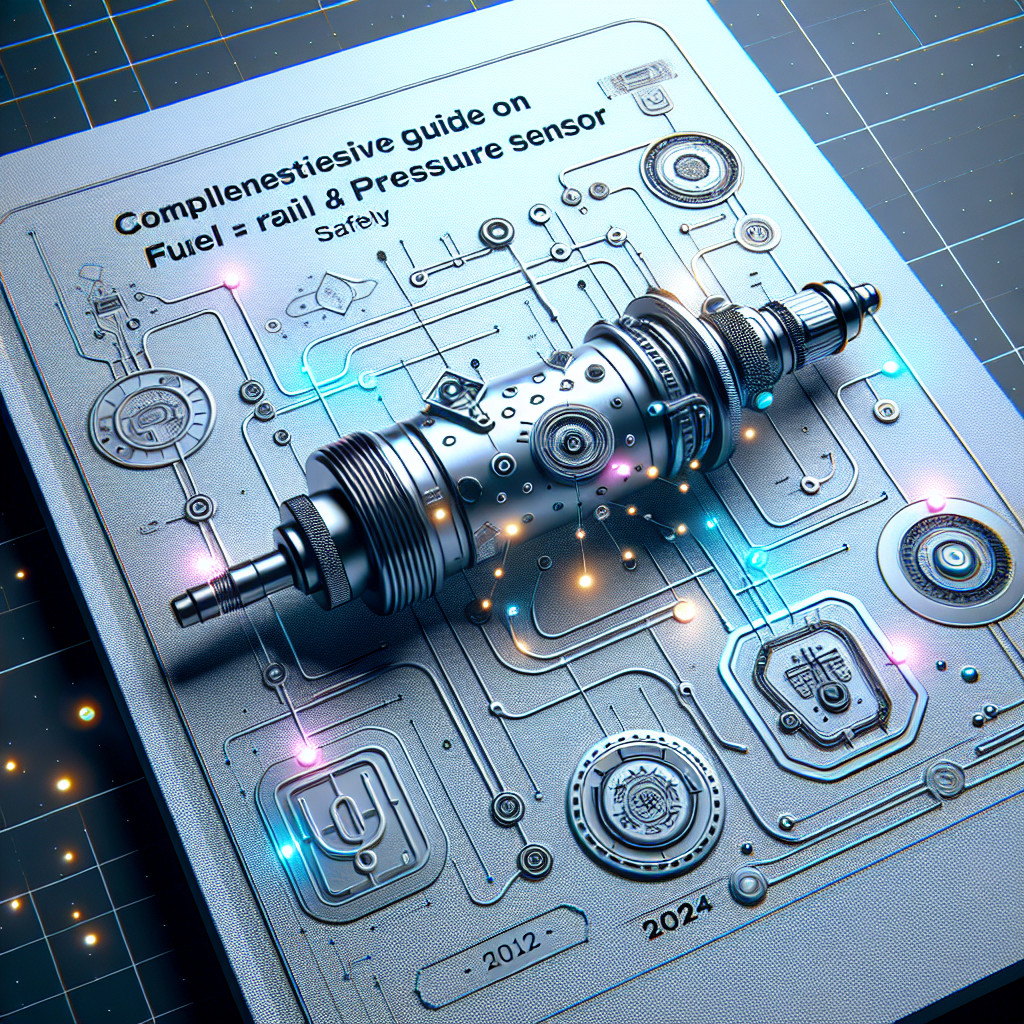
When it comes to automotive maintenance, one of the components that occasionally encounters problems is the fuel rail pressure sensor. This sensor is critical for maintaining the right pressure in the fuel rail, ensuring the engine runs efficiently. Sometimes, issues with this sensor can cause significant problems. This comprehensive guide explains how to bypass a fuel rail pressure sensor safely in 2024.
Understanding the Fuel Rail Pressure Sensor
What is a Fuel Rail Pressure Sensor?
A fuel rail pressure sensor is a vital component in a vehicle’s fuel system. It monitors the pressure in the fuel rail and sends this data to the engine control unit (ECU). The ECU then adjusts the fuel injectors’ operation based on this information.
Why Bypass a Fuel Rail Pressure Sensor?
Bypassing a fuel rail pressure sensor is generally not a recommended practice as it can lead to improper fuel mixture, poor performance, and even engine damage. However, in certain situations, such as a sensor failure when a replacement is not immediately available, a temporary bypass can keep the vehicle running.
Preparing for the Bypass
Gathering Necessary Tools and Equipment
Before you start, you’ll need the following tools:
- Multimeter: For checking electrical connections.
- Soldering Iron: For securing electrical connections.
- Wire Strippers: To prepare wires for connection.
- Resistor and Capacitor: To substitute the sensor’s role.
Safety Precautions
Safety is paramount when working with a vehicle’s fuel system. Ensure you follow these safety tips:
- Work in a well-ventilated area.
- Disconnect the battery before starting.
- Wear safety glasses and gloves.
- Avoid open flames and sparks.
Understanding the Vehicle’s Wiring Diagram
Consult your vehicle’s manual for the wiring diagram. Identifying the correct wires involved in the fuel rail pressure sensor circuit is crucial.
Step-by-Step Guide to Bypass a Fuel Rail Pressure Sensor
Step 1: Disconnecting the Battery
Start by disconnecting the battery to ensure there’s no electrical current flowing through the vehicle’s system.
Step 2: Locating the Fuel Rail Pressure Sensor
The fuel rail pressure sensor is typically located on the fuel rail. Refer to your vehicle’s manual for the exact location.
Step 3: Testing the Sensor
Using a multimeter, check if the sensor is indeed the problem. Measure the voltage and compare it to the manufacturer’s specifications.
Step 4: Creating a Bypass Circuit
You will create a simple circuit with a resistor and capacitor to mimic the sensor’s signals.
Step 5: Soldering the Bypass Circuit
Solder the resistor and capacitor to the appropriate wires. Make sure the connections are secure and properly insulated.
Step 6: Reconnecting the Battery
Once everything is in place, reconnect the battery and start the engine to test the bypass. The engine should run without issues, but monitor closely for any irregular behavior.
Pros and Cons of Bypassing the Fuel Rail Pressure Sensor
Pros
- Temporary Solution: Acts as a quick fix until a new sensor is available.
- Cost-Effective: Saves money in emergency situations.
Cons
- Risk of Engine Damage: Incorrect fuel pressure can harm the engine.
- Not a Permanent Fix: Should only be used temporarily.
Alternatives to Bypassing the Sensor
Instead of bypassing the sensor, consider these alternatives:
Replacing the Sensor
Replacing the sensor with a new one is the best long-term solution. This ensures the engine receives accurate data.
Regular Maintenance
Regular vehicle maintenance can prevent sensor failures. Clean your fuel system and check for any signs of wear or damage.
Using Diagnostic Tools
Advanced diagnostic tools can provide insights into whether the sensor needs replacing or if there are other underlying issues.
Professional Assistance
When in doubt, consult a professional mechanic. They have the expertise and tools to address the problem correctly.
Conclusion
Bypassing a fuel rail pressure sensor should be considered a temporary fix and only undertaken when it’s absolutely necessary. Always prioritize safety and consult your vehicle’s manual before attempting any repairs. Replacing the sensor is the recommended solution to ensure your vehicle operates efficiently and safely in the long term.
For more detailed information, you can check articles like:
Frequently Asked Questions (FAQs)
1. What is the role of a fuel rail pressure sensor?
The fuel rail pressure sensor monitors the fuel pressure in the rail and sends this information to the engine control unit (ECU). This data helps the ECU adjust the fuel injectors for optimal engine performance.
2. Can bypassing the sensor cause long-term damage?
Bypassing a fuel rail pressure sensor can cause long-term damage if done improperly or if used as a permanent solution. It can lead to incorrect fuel mixtures, resulting in poor performance and potential engine damage.
3. Is it difficult to bypass a fuel rail pressure sensor?
Bypassing a fuel rail pressure sensor requires basic knowledge of vehicle electronics and access to tools like a multimeter and soldering iron. While not overly complicated, it should be done with care and only temporarily.
4. Should I bypass or replace the fuel rail pressure sensor?
It’s always best to replace the fuel rail pressure sensor rather than bypassing it. Replacing ensures that your vehicle operates correctly and avoids potential long-term damage. Bypass should only be a temporary fix in emergencies.